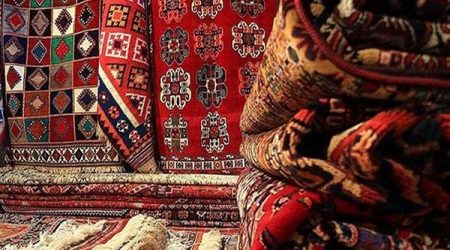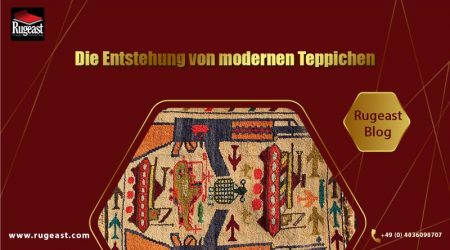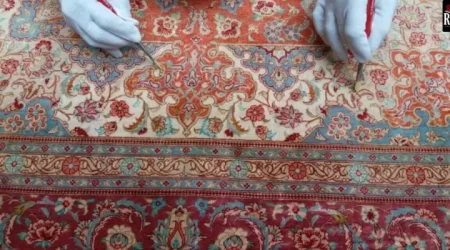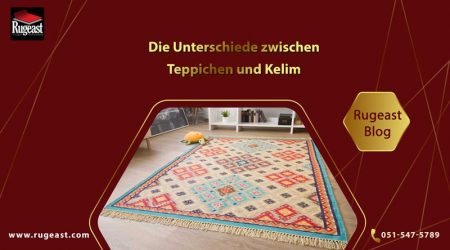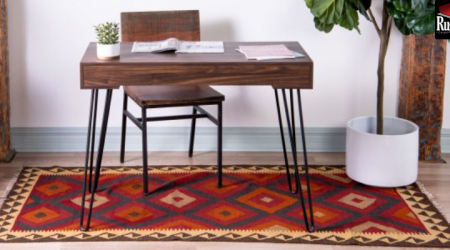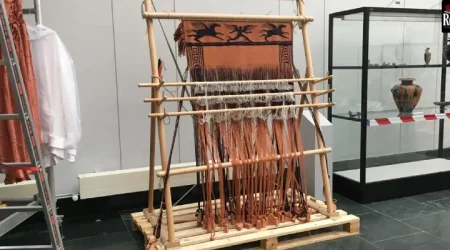The difference between classic and modern carpets
What distinguishes classic from modern carpets? What variations exist in terms of material, weave, and pattern between these two types of rugs? Deciding between a classic or modern rug for one’s home is a common consideration for those in search of a suitable handmade rug.
Carpet Styles
Historical records in our country indicate a carpet-making tradition dating back at least 5000 years. Iranians were among the earliest communities to seek solutions for their living spaces. After crafting “burya” and “poustin” from sheep and goat wool, they progressed to designing and creating kilims. Over time, they honed their skills, and these traditions have endured for millennia.
Iranians mastered the art of carpet weaving, adapting their designs, patterns, weaves, and colors based on the diverse geographical landscapes they inhabited throughout history. In mountainous areas, hand-woven carpets in various shades of red prevailed, as this color fosters a warm atmosphere and imbues its users with energy and courage. Tribes residing in warm, arid regions opted for vibrant colors in their hand-woven rugs, creating a cool and cheerful environment.
Tribal Style
Tribal carpets represent the earliest design style within the geographical context of Iran. Tribal weavers infused their spirit and beliefs into the art of rug weaving, crafting intricate motifs inspired by their surroundings, each carrying a deeper meaning. In this style, precision in proportions and sizes was not a primary concern, a natural outcome of the original tools and implements of weaving.
Tribes designed rug patterns based on their unique beliefs and systems, often challenging interpretation. The creation of patterns and designs occurred spontaneously and intuitively, a characteristic that continues to attract many enthusiasts, particularly in Western countries.

Village Style
As centuries passed, certain tribes transitioned to a sedentary lifestyle, giving rise to a new approach in carpet design. Sedentary communities, with the advantage of larger homes and access to specific markets, began to purchase yarn and dyes, producing larger rugs—particularly during the fall and winter—to augment their income.
This style gradually expanded to other regions, leading to an increase in the production of village carpets. Patterns evolved from horizontal to vertical shapes, blending spontaneous motifs with custom designs.
In village carpets, the absence of interruptions in patterns due to wool and yarn lint is notable. Weaver limitations in integrating circular patterns seamlessly into the carpet resulted in occasional imperfections, underscoring the inherent challenges in achieving flawless designs.
Cityscape
With the rise of urban communities and advancements in knotting, weaving techniques, dyeing, and design, higher-quality carpets emerged, capable of being exported to other regions. The Safavids are credited with fostering the development of urban carpet styles. They assembled many of Iran’s prominent designers and painters, creating carpet designs woven from silk, gold, and silver yarns that were unparalleled in their uniqueness and unreplicability. Today, these carpets are showcased in prominent museums worldwide.
During this era, the patterns, both broken and geometric, underwent transformations due to progress in knotting and weaving techniques, leading to a remarkable improvement in design and weaving quality.
Modern Style
With at least 500 years having elapsed since the inception of urban styles, recent decades have witnessed an increased demand for changes in interior design, including carpets and rugs, owing to the modernization of human lifestyles. Some individuals found traditional rugs, such as nomadic, village, or urban styles, less appealing and felt the necessity to introduce new products to the market. Consequently, designers began to discern the preferences of their customers, employing innovative designs to create distinctive patterns and unconventional colors.
Differences Between Modern and Classic Style
The distinctions in the weave type, coloring, or dimensions of classic and modern carpets may not be immediately apparent. The primary contrast between these two rug types lies in their design and color schemes. Classic carpets typically feature traditional and aged colors such as beige, cream, or dark blue, showcasing a wide variety of intricate patterns. Designers and weavers have historically emphasized attention to detail throughout the entire carpet structure.
In contrast, modern carpets exhibit a distinct design approach. Patterns in this style are characterized by simplicity, featuring geometric shapes with ample spacing between them. These patterns are often delineated by a single color, and borders are sharply defined. Modern carpets tend to employ simpler, less detailed patterns, with most carpets woven in two or three colors.
Differences in Decoration between Classic and Modern Carpets
The most significant disparity between modern and classic carpets lies in their compatibility with home or office furnishings. A modern rug chosen for a home with contemporary furniture can infuse a room with high energy, but an inappropriate choice may result in a cold and lifeless atmosphere. The use of colors and distinctive patterns greatly influences the appeal of carpets in modern living spaces.
For those who incorporate sculptures and antique decorations in their homes, the ideal design choice is often classic rugs. Classic rugs can establish a harmonious and aesthetic appeal in such settings.
Classic carpets typically contribute to an intimate and energetic space, making them well-suited for reception rooms and family celebrations. In essence, they cultivate a warm and welcoming atmosphere in reception areas.
The Price Disparity Between Modern and Classic Carpets
As homes undergo downsizing and living spaces decrease, coupled with the escalating prices of carpets, opting for a modern carpet proves to be the most cost-effective choice for home decoration. Modern carpets, once characterized by light colors and simple patterns, now bring considerable appeal to small or contemporary homes.
Conversely, classic carpets command higher prices than their modern counterparts due to substantial demand both domestically and internationally. However, it’s crucial to note that there is no distinction in terms of fabric quality and coloring between handmade and machine-made products.
Yet, machine-made carpets may, in many instances, carry higher price tags due to the utilization of special designs and patterns in modern and popular carpet styles. Nevertheless, this isn’t always the case.
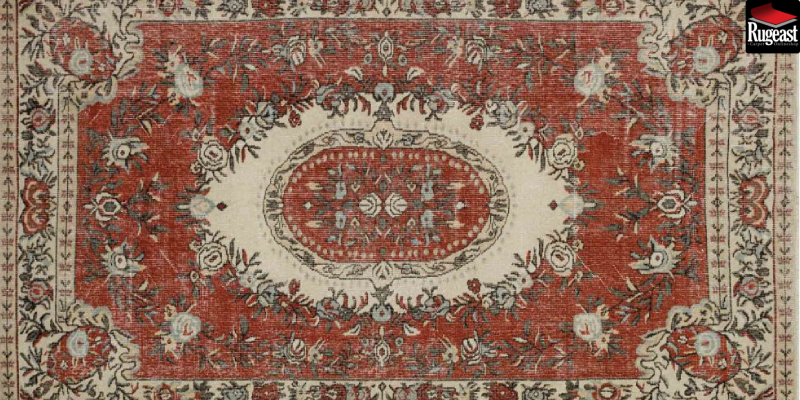
Selecting the Perfect Carpet
When choosing a rug, considering personal style and room furnishings is paramount. Classic carpets introduce an element of elegance and tradition, while modern carpets infuse vibrancy and contemporaneity into the atmosphere. Additionally, choosing the right size according to the room dimensions and selecting appropriate colors and patterns are crucial for completing the overall look.
In Summary:
Regardless of whether you opt for a classic or modern rug, rugs possess the ability to imbue a room with character and personality. Classic rugs pay homage to the past, offering timeless beauty, while modern rugs capture the spirit of the present, inspiring with innovative designs. The choice ultimately lies with you, determining which rug best complements your individual style and furnishings.


